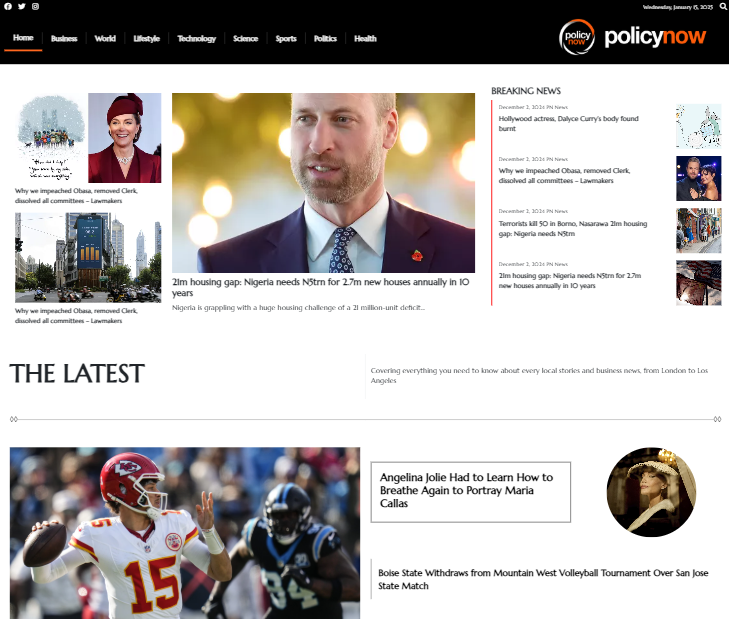How Middle Eastern Countries Are Attracting Foreign Direct Investment
Middle East FDI Strategies
Published date : January 27, 2025 PN News

Middle Eastern countries are actively positioning themselves as attractive destinations for foreign direct investment (FDI), leveraging economic reforms, strategic initiatives, and incentives to draw global investors. With a focus on diversification and innovation, nations like Saudi Arabia, the UAE, Qatar, and Bahrain are reshaping their economies to reduce dependence on traditional industries and create new opportunities across various sectors. A key driver of FDI attraction in the region is economic diversification. Historically reliant on oil and gas revenues, Middle Eastern countries have launched ambitious strategies to develop non-oil sectors, including technology, tourism, renewable energy, and manufacturing. Saudi Arabia’s Vision 2030 is a prime example, aiming to transform the Kingdom into a global investment hub by prioritizing sectors such as technology, healthcare, and entertainment. The UAE’s Entrepreneurial Nation initiative similarly promotes innovation and supports startups, creating a dynamic ecosystem for foreign investors. Regulatory reforms have been instrumental in enhancing the business environment for FDI. Governments across the Middle East have streamlined licensing processes, reduced bureaucratic hurdles, and improved ease of doing business. The UAE, for instance, introduced a 100% foreign ownership policy for businesses in certain sectors, allowing investors to have full control of their operations. These measures have significantly boosted investor confidence and made the region more competitive on a global scale. Free zones and economic zones have emerged as key tools for attracting FDI in the Middle East. These zones offer tax incentives, simplified customs procedures, and access to world-class infrastructure, providing an ideal environment for foreign businesses to establish operations. Dubai’s Jebel Ali Free Zone (JAFZA), Saudi Arabia’s NEOM, and Bahrain International Investment Park are examples of how these zones facilitate investment and foster economic growth. Investment in infrastructure is another cornerstone of the region’s FDI strategy. Middle Eastern countries have prioritized the development of state-of-the-art transportation, logistics, and communication networks to enhance connectivity and support global trade. Major projects like Saudi Arabia’s Red Sea Development, Qatar’s Hamad Port expansion, and the UAE’s Etihad Rail network are designed to create a seamless environment for businesses and investors. The focus on sustainability and renewable energy has further strengthened the Middle East’s appeal to foreign investors. Countries in the region are making significant strides in green energy initiatives, including solar and wind projects. The UAE’s Masdar City and Saudi Arabia’s Red Sea Project exemplify the region’s commitment to sustainability, attracting environmentally conscious investors seeking opportunities in clean energy and sustainable infrastructure. The Middle East’s strategic location at the crossroads of Europe, Asia, and Africa also enhances its attractiveness as an FDI destination. The region serves as a gateway for businesses looking to access a diverse and growing consumer base. Its proximity to major global markets, coupled with advanced logistics networks, makes it an ideal hub for trade and investment. Human capital development is another area of focus for Middle Eastern countries. Governments are investing in education, vocational training, and upskilling programs to build a workforce capable of meeting the demands of a rapidly evolving economy. These efforts are complemented by initiatives to attract skilled expatriates through long-term visas and residency programs, ensuring a steady supply of talent for foreign businesses. Despite its progress, the region faces challenges in attracting FDI, including geopolitical tensions and regulatory inconsistencies across countries. However, Middle Eastern governments are working to address these issues through diplomatic efforts and regional collaborations aimed at fostering stability and integration. The role of sovereign wealth funds (SWFs) in attracting FDI cannot be overlooked. Funds such as Saudi Arabia’s Public Investment Fund (PIF) and Qatar Investment Authority (QIA) actively invest in global projects while forming partnerships with foreign entities to stimulate domestic investment. These funds play a dual role in driving international and regional economic activity, creating opportunities for foreign investors to collaborate on large-scale projects. In conclusion, Middle Eastern countries are successfully leveraging a combination of economic diversification, regulatory reforms, and strategic initiatives to attract foreign direct investment. With a focus on innovation, sustainability, and global connectivity, the region is transforming into a competitive and dynamic FDI destination. As these efforts continue to evolve, the Middle East is poised to play a significant role in shaping the global investment landscape.

Subscribe to our E-EDITIONS
Subscribe to our digital E-Editions here, and enjoy access to the exact replica of policy now Newspapers publications.

